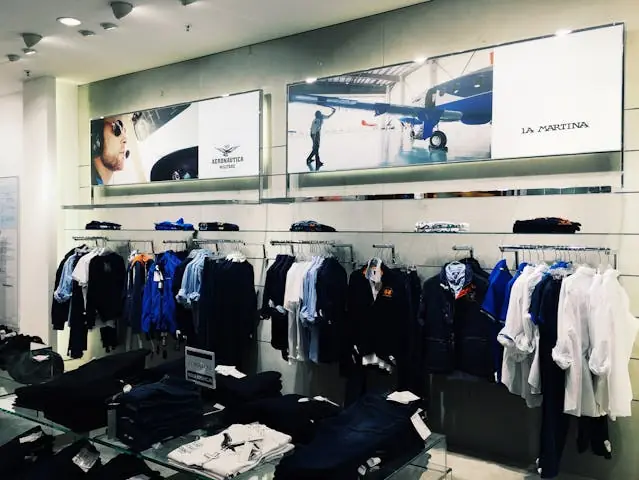Retail Intelligence Software is transforming the way retailers approach store layout and merchandising. By leveraging data-driven insights, this software helps businesses optimize their store environments, ensuring that products are placed in ways that maximize visibility, customer interaction, and ultimately, sales.
Retail Intelligence solutions is transforming the way retailers approach store layout and merchandising. By leveraging data-driven insights, this software helps businesses optimize their store environments, ensuring that products are placed in ways that maximize visibility, customer interaction, and ultimately, sales. In a highly competitive retail landscape, Retail Intelligence Software has become an essential tool for improving both operational efficiency and customer experience. Here’s how it works:
1. Understanding Customer Behavior Through Data
One of the most significant advantages of Retail Intelligence Software is its ability to analyze customer behavior in real-time. This software collects data from various sources, including in-store cameras, point-of-sale (POS) systems, and customer movement patterns. By analyzing this data, retailers gain a clear understanding of how customers interact with different areas of the store, which products capture their attention, and where bottlenecks may be occurring.
For example, if the software reveals that a high percentage of customers tend to congregate near the store’s entrance but fail to proceed to the back aisles, retailers can adjust the layout to encourage deeper exploration. They might place more attractive displays or promotional items in these areas to draw shoppers further into the store. The ability to monitor customer traffic flow in real-time allows for dynamic changes to the store layout that can immediately impact sales.
2. Optimizing Product Placement and Shelf Space
Retail Intelligence Software provides valuable insights into which products are selling well and which are underperforming. By combining sales data with in-store behavioral analytics, the software can recommend the most effective product placements. This ensures that high-demand or high-margin items are positioned in prime locations, such as eye-level shelves or endcaps, where they are more likely to catch customers’ attention.
The software can also analyze how long customers spend in front of certain displays or how often they pick up items but don’t make a purchase. This type of granular data helps retailers understand what’s working in terms of merchandising and what needs adjustment. For example, if a particular product category consistently sees high traffic but low conversion rates, Retail Intelligence Software might suggest repositioning it or altering its visual presentation.
Additionally, the software can help with dynamic shelf space allocation. Retailers can use data to determine which products should occupy more shelf space based on demand trends, seasonal shifts, and promotions. This ensures that stores are always stocked with the right products in the right quantities, reducing stockouts and excess inventory, both of which can negatively affect sales.
3. Enhancing Visual Merchandising Strategies
Visual merchandising plays a critical role in attracting customers and influencing purchasing decisions. Retail Intelligence Software enhances visual merchandising by providing insights into the effectiveness of current displays. It can track which displays generate the most foot traffic and engagement, allowing retailers to replicate successful strategies across multiple stores or locations.
For example, if a particular promotional display increases sales by 20%, the software can recommend duplicating it in other high-traffic areas or stores. It can also predict which merchandising strategies will be most effective during different times of the year, based on historical data. This allows retailers to plan more targeted campaigns that align with customer preferences and shopping habits.
4. Improving Overall Store Layout Efficiency
Beyond product placement and merchandising, Retail Intelligence Software helps retailers optimize their entire store layout. By analyzing customer flow patterns and congestion points, the software can suggest changes to aisle widths, checkout line placement, or even the positioning of promotional displays. This not only improves the shopping experience by reducing bottlenecks but also ensures that customers have a smooth and enjoyable journey through the store.
